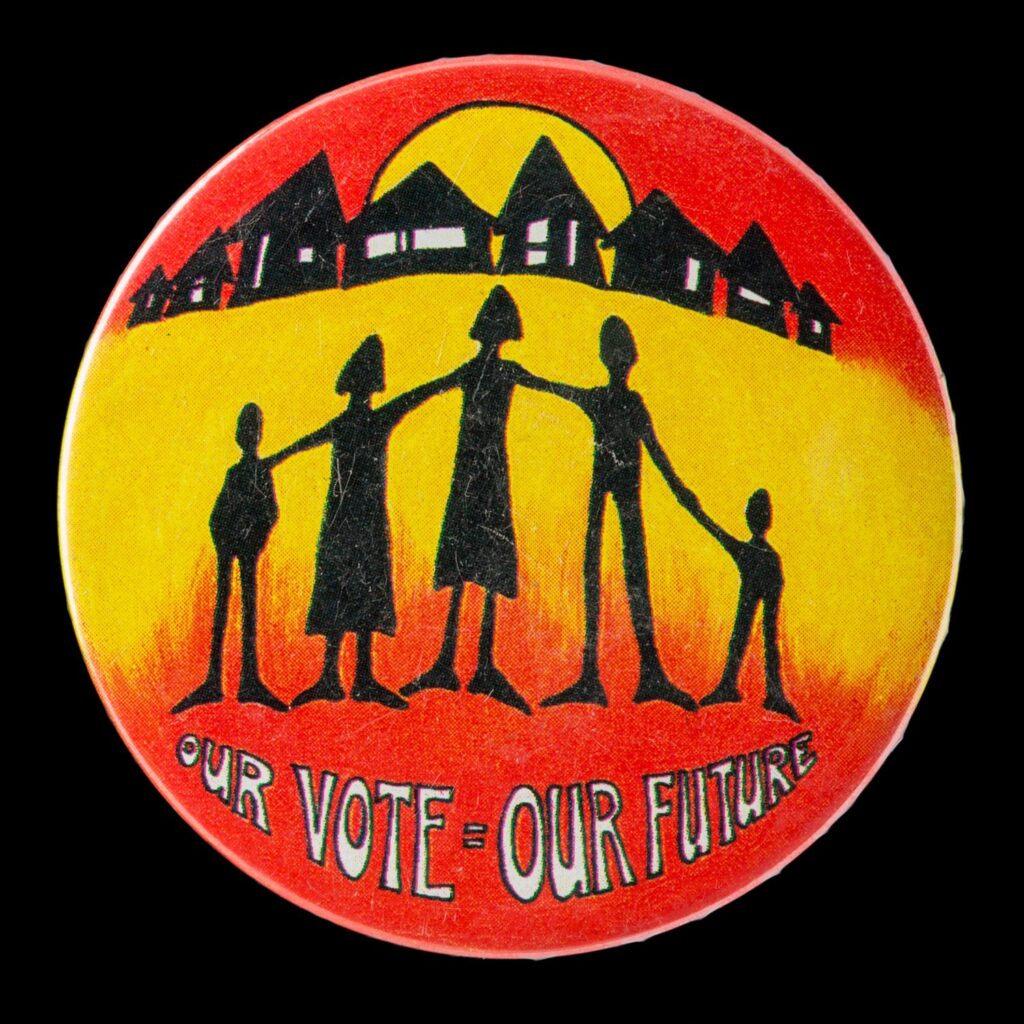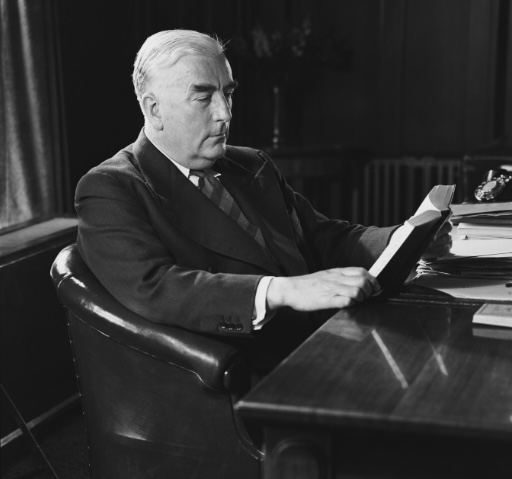On this day, 21 May 1962, the Commonwealth Electoral Act receives royal assent, granting all Aboriginal and Torres Strait Islander people the option to enrol and vote in federal elections. Prior to this, the right of Indigenous Australians to vote in federal elections had been linked to state legislation, meaning that Indigenous people in Queensland, Western Australia, and the Northern Territory had been deliberately disenfranchised.
When the Australian Constitution had been developed through the conventions of the 1890s, the controversial issue of legislating for Indigenous Australians had been left to individual States so as to minimise conflict between the federating parties. Under this same lazy and perverse reasoning, the first Commonwealth Electoral Act of 1902 gave Indigenous Australians the right to vote only if they had had that right prior to federation – essentially upholding a compromise reached before federation but not extending it into the future. The debate on this legislation saw many instances of explicit racism from members of both houses, though likewise voices were raised in support of widespread Indigenous enfranchisement.
As it stood, the constitutions devised in the 1850s for New South Wales, Victoria, and South Australia gave Indigenous men the same right to vote as other male subjects over 21, and this had been extended to Indigenous Women in South Australia in 1895. Meanwhile in 1896 Tasmania had belatedly given Aboriginal men the right to vote. But elsewhere, laws specifically intended to deny the vote to Aboriginal and Torres Strait Islander people were enacted by Queensland (1885), Western Australia (1893) and the Northern Territory (1922).
The World Wars saw Indigenous Australians fight for their country in a manner that highlighted the abhorrent and hypocritical nature of their disenfranchisement. In response, in 1949 the Chifley Government amended the Commonwealth Electoral Bill to give Aboriginal people the right to vote at Commonwealth elections if they were or had been a member of the defence forces, and also if they were enfranchised under a State law – updating the earlier compromise.
At this time the exclusions on Indigenous voting remained in place in Queensland and the Northern Territory, while Western Australia had introduced the Natives (Citizenship Rights) Act 1944, which gave Indigenous people citizenship only if they met certain conditions, which included not suffering from certain medical conditions, being able to understand and speak English, and having ‘industrious habits’. Aboriginal people seeking citizenship often had to demonstrate that they no longer associated with their communities, and therefore essentially had to forsake their Indigenous heritage to be granted rights.
The Menzies Government elected later in 1949 was initially satisfied with maintaining the new electoral and older constitutional status quos. That meant that the Federal Government only had the power to legislate on Indigenous policy when it came to federal territories like the Northern Territory. In this field Paul Hasluck, Minister for Territories from 1951-1963, implemented a controversial reform agenda for the NT, which gradually extended rights to Indigenous people under an assimilationist framework.
Hasluck had a passion for this area of policy-making. In his pre-political career he had been a member of the Australian Aborigines Amelioration Association, wrote articles for the West Australian which were scathing in their criticism of how Indigenous Australians were being treated, and even completed a Masters thesis on Indigenous Affairs at the University of Western Australia. Seizing the opportunities provided by his portfolio, he did what he could to advance the legal and economic equality of Indigenous Australians compared to their white counterparts, but his approach upheld elements of state paternalism and his Welfare Ordinance declared most Indigenous people to be ‘wards of the state’ until they could prove otherwise.
For all of Hasluck’s flaws, he breathed life into the issue of Indigenous reform from within the government, while key activists like Joe McGinness, Oodgeroo Noonuccal (formerly Kath Walker), Dulcie Flower, Doug Nicholls, Pearl Gibbs, Faith Bandler and George Abdullah lobbied for reform from outside. Their efforts tended to concentrate in the Federal Council for Aboriginal Advancement (FCAA) formed in February 1958.
In response to the FCAA’s campaigning, in April of 1961 the Federal Government established a Select Committee on the Voting Rights of Aborigines. The committee travelled widely throughout the country and interviewed 324 witnesses, almost half of whom were Aboriginal and Torres Strait Islander people. In its report the Committee estimated that about 30,000 Aboriginal and Torres Strait Islander people had been denied the vote as a result of discriminatory legislation, and it recommended that all Indigenous people be given the right to vote at federal elections.
The Menzies Government’s Commonwealth Electoral Act carried through the Committee’s central recommendation. Notably, the Act did not introduce compulsory enrolment for Indigenous Australians, as applied to their non-Indigenous counterparts. This anomaly would remain unchanged until the Commonwealth Electoral Amendment Act 1983.
The 1962 Act was a crucial reform not only for enfranchising Indigenous Australians at a federal level, but also for putting pressure on those legislatures who continued to uphold exclusions. Shortly after the Federal Government passed the 1962 Act, Western Australia and the Northern Territory granted Aboriginal people the right to vote, while Queensland dragged its feet, establishing a committee to investigate ‘the promotion of the well-being of Aboriginal and Torres Strait Islanders in Queensland’, and finally passing an Act to extend voting rights to all Aboriginal and Torres Strait Islander people in 1965.
In the last years of the Menzies Government, preparations were made for a referendum to amend the Constitution to allow the Federal Government to make laws on Indigenous policy. This would ultimately be carried by a record majority in 1967 under Menzies’s successor Harold Holt.
Further Reading:
‘Defining Moments: Indigenous Australians’ Right to Vote’, National Museum of Australia, Indigenous Australians’ right to vote | National Museum of Australia (nma.gov.au)
Jennifer Norberry, Law and Bills Digest Group, and George Williams, ‘Voters and the Franchise: the Federal Story’, Parliamentary Library Research Paper 2002, the Federal Story – Parliament of Australia (aph.gov.au)
‘William Sanders: “A Progressive Inclusive & a Group Conservative” Indigenous Policy Under the Menzies Government’, Afternoon Light Podcast, William Sanders: ‘A Progressive Inclusive & a Group Conservative’ Indigenous Policy Under the Menzies Government — Robert Menzies Institute
Sign up to our newsletter
Sign up for our monthly newsletter to hear the latest news and receive information about upcoming events.


